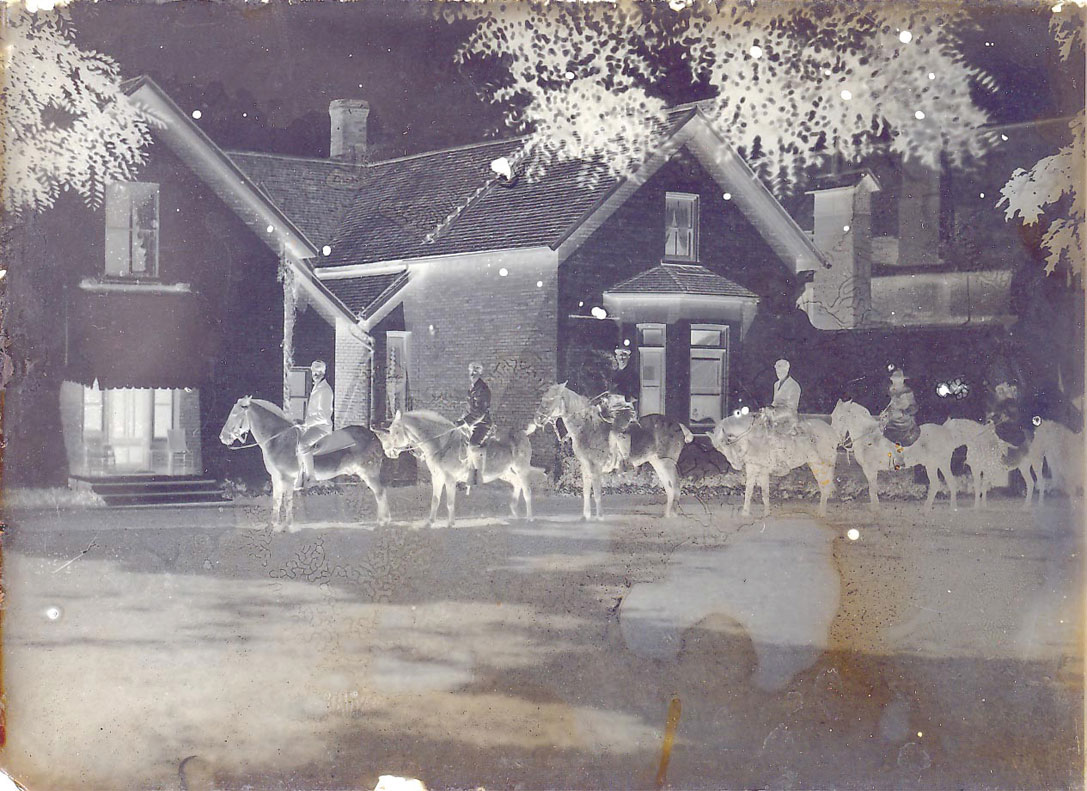Gelatin Dry-Plate Process
A NEGATIVE BECOMES A POSITIVE
Creating a device to capture realistic images of the world was one thing, but finding a way to print permanent reproductions of those images was an almost equally epic adventure. Early photographers spent years experimenting with a variety of processes that employed different combinations of chemicals and materials, each of which had its virtues and drawbacks.
A major breakthrough emerged with the advent of the gelatin dry-plate process. Though formally introduced in 1871 by a doctor, Richard Leach Maddox, in a letter to the British Journal of Photography, the method was still a few years away from being practical. When it was ultimately modified and perfected toward the middle of the 1870s, it represented a revolution in photography.
Gelatin, a substance created by the processing of animal horns, hoofs, bones, organ linings, tendons, and cartilage, has a number of scientific and industrial uses. When it was applied to the photographic process, the gelatin, which contains elements that make it conducive to holding or “fixing” certain chemicals, was liquefied and then used to coat “plates” well in advance of shooting. Before long, gelatin dry plates were being mass-produced, and photographers no longer had to travel with a mobile darkroom full of chemicals. Also, because of the high sensitivity of the gelatin plates, faster exposures became possible. —DJG

Glass negatives produced with the gelatin dry-plate technique. Photo courtesy Trent University Archives.

